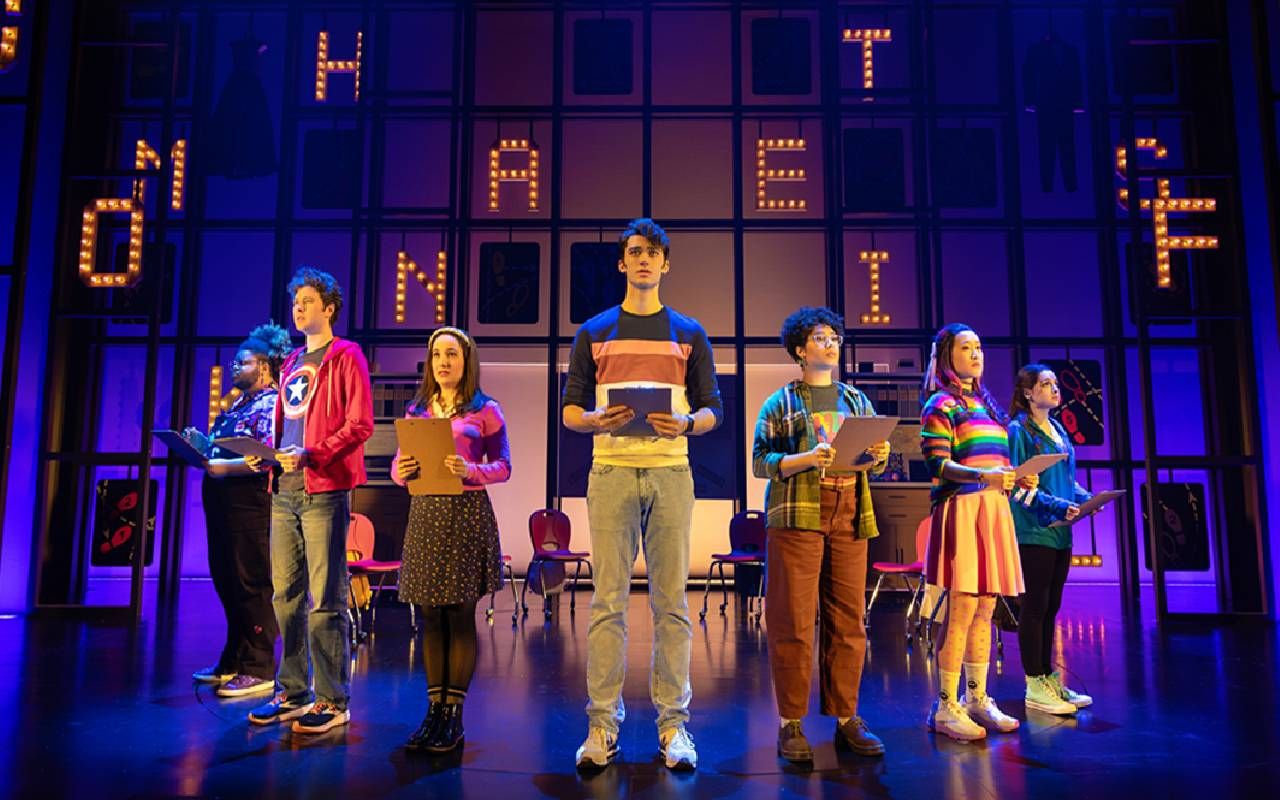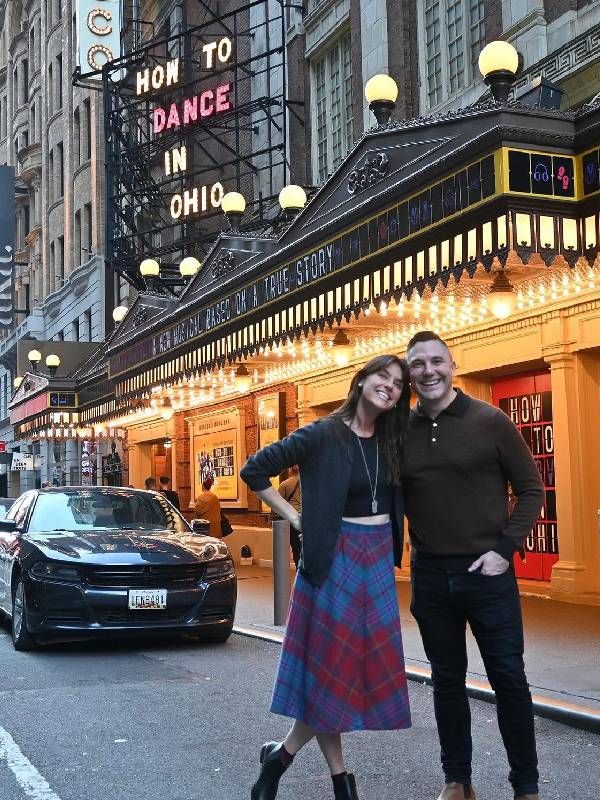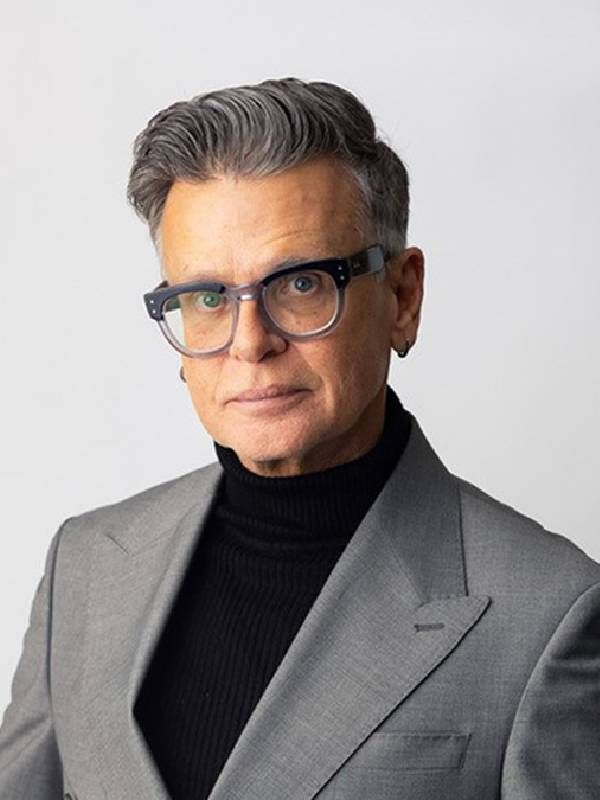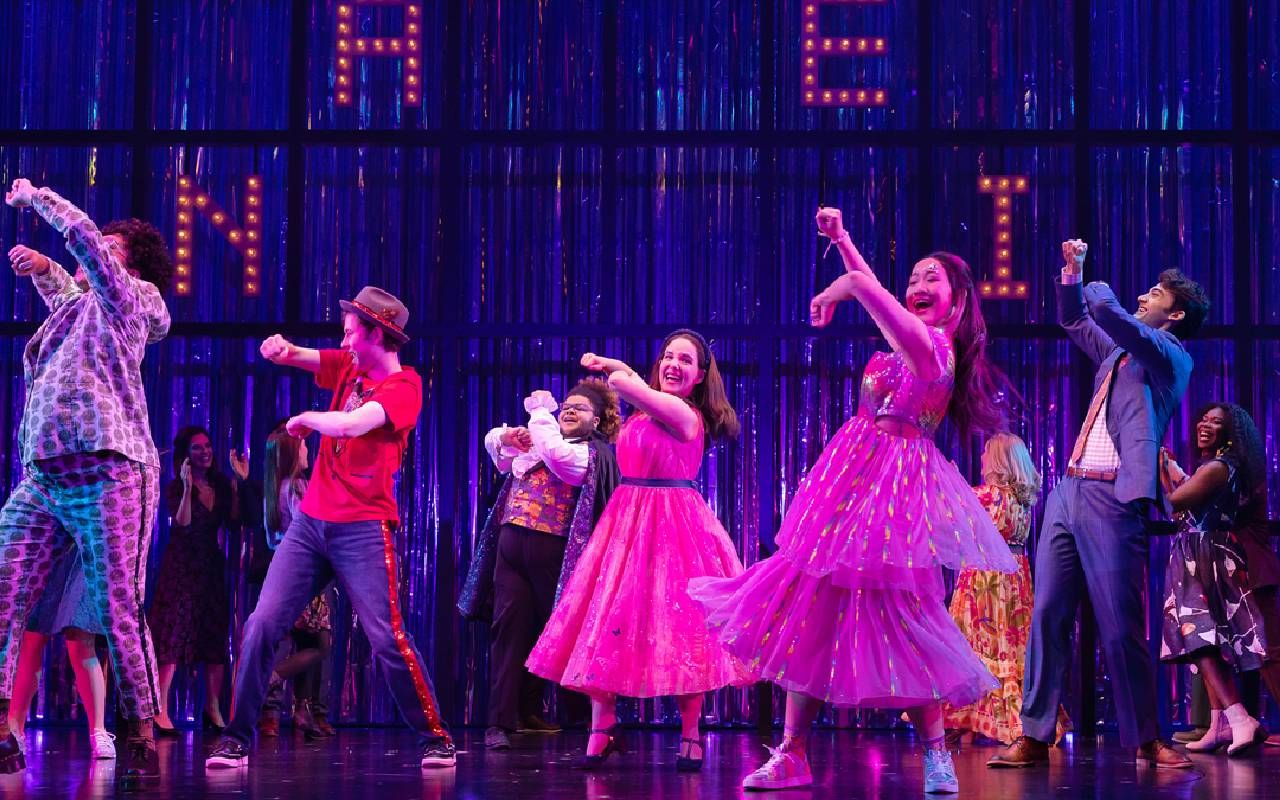How a Broadway Musical Is Changing the World for Adults With Autism
'How to Dance in Ohio' features seven autistic actors who are sharing their stories by portraying autistic young adults – a first for Broadway
They say if you can see it, you can be it ... yet over the years, autistic teens and adults and those with other disabilities have had few opportunities to tell their own stories on the stage and screen until now.

"How to Dance in Ohio," a Broadway show that opened in December 2023, features seven exuberant autistic actors who are sharing their stories by portraying autistic young adults – a first for Broadway.
Not only have they combined their talents to put on a heartfelt and powerful production, but they have overcome many obstacles in their lives – similar to their on-stage counterparts – not just to survive, but to thrive.
It is part of a growing trend in Hollywood, Broadway and the media in general of telling stories of people who identify with physical or developmental challenges and giving them their moment to shine.
Rebekah Greer Melocik, who wrote the script and lyrics, and Jacob Yandura, who wrote the music for "How to Dance in Ohio," each have their own personal connection to opening up opportunities for those with disabilities.
Legendary producer Hal Prince, who has a granddaughter with autism, was the show's original director.
Yandura discovered Alexandra Shiva's documentary of the same name in 2016, around the same time that his sister, who was non-verbal for the first seven or eight years of her life, received her autism diagnosis.
"The first five minutes of the documentary completely resonated with me because of all of the ideas of human connection, and its themes of community and universality," Yandura explained.
The composer reached out to Melocik, who shares a diagnosis of Tourette's Syndrome with her older brother, and the journey to Broadway began. Legendary producer Hal Prince, who has a granddaughter with autism, was the show's original director. When Prince passed away, Sammi Cannold took over.
A major theme that runs throughout the actual counseling center in Ohio, as well as the Broadway show, is the celebration that takes place with each triumph. Humor, love and joy are front and center from the start of the opening number.
The one question the show's creators are repeatedly asked: "How difficult was it to find seven autistic young adults to play these characters?"
The answer? "It was not difficult at all," said Melocik. "In fact, we didn't just find seven awesome actors, there were hundreds. We had more than 500 actors from around the world submit audition tapes, and we didn't just find our seven actors and their understudies, we found numerous incredible autistic actors to play these roles."

Underestimating autistic people "is one of the first barriers that we want to break down with our show," she added. "One major message is not to tell autistic children and adults what they can and cannot do. I believe that we need to stop trying to fit people into little boxes, because frankly most of us don't want to be placed in those boxes."
Seeing Diversity Reflected on Stage and Screen
As is frequently underscored at awards ceremonies and other venues, when what we see on the stage, screen and in the media reflects and represents the diversity of our society, we can both celebrate this and change the narrative. Visibility creates understanding, opens doors and changes the way others see us and the way we see ourselves.
The last play with an autistic leading character to make its mark on Broadway was "The Curious Incident of the Dog in the Night-Time" in 2014, which was remarkable for its content, but the role was not played by an autistic actor.
Actor-director Mickey Rowe, a man who is autistic and legally blind, wrote his 2022 book "Fearlessly Different" about repeatedly being turned down for the leading role in "The Curious Incident" on Broadway. He has used his hard work and tenacity to ultimately triumph in his quest to help autistic people feel seen and understood.
Other recent entertainment projects that reflect diversity include "CODA," a 2021 coming-of-age movie about a child of deaf adults, in which the father was played by Troy Kotsur, a deaf man. He won an Academy Award for his performance.
The 2023 HBO four-part series, "All the Light We Cannot See," directed by "Stranger Things" producer-director Shawn Levy and based on the book by Anthony Doerr, follows the story of a blind French girl and a German solider during World War II. The actress, Aria Mia Loberti, who is blind, played the role.
Based On a True Story
"How to Dance in Ohio" is the musical adaptation of the 2015 HBO documentary. The story stems from the work of Dr. Emilio Amigo, a psychologist from the Amigo Family Counseling Center in Columbus, Ohio, who since 1993 has facilitated groups for autistic adults with their social skills to help them make meaningful connections.
In the documentary and the Broadway musical, Amigo helps his clients prepare for a spring formal dance – a familiar rite of passage – and the narrative focuses on the courage it takes to face our hopes and fears, and what it feels like to make that first bold move.

Along the way we witness many bonding experiences – the overwhelming idea of leaving home to attend college, worrying about failing your driver's test, maintaining friendships, learning job skills, helping your parents to understand your feelings, the anxiety over asking a date to the dance and getting past overall angst as a teen and young adult.
The musical also looks at the emotional lives of autistic adults from the perspective of their often over-protective parents, who after being accustomed to hearing what their children and teens cannot accomplish, are celebrating their milestones.
The production, which has been a labor of love since its inception, is changing the way that neurotypical audiences view autism, while giving autistic adults the boost of self-confidence that it can take to elevate a dream and turn it into a reality.
Dr. Amigo and His Broadway Counterpart
Amigo, now 64, who has consulted with many of the cast members and has seen the Broadway production more than a dozen times, is still working with some of the original clients featured in the documentary.
"I had quite a few people mention in our therapy groups that they had never been able to go to their homecoming or their prom because they didn't feel welcomed, or there were no accommodations made for their anxiety," he explained.
"It is heartwarming when we hear that they have never before seen themselves honestly reflected, and that is what we are trying to do."
"I thought, 'Damn, that's not right!' I feel that everyone should be able to dress up and have that milestone experience, and after carefully crafting themes, lessons, experiences and exercises tailored for success, within our regular social skills therapy program, we held the first Amigo Spring Formal."
Among the many aspects of the Broadway musical that Amigo appreciates is the focus on "what we can do as a society to promote neurodiversity, inclusion, foster empathy and community."
"We can't just talk about it. Every community has to be more inclusive. It's what we call 'The Curb Effect,'" he said. "The non-profit American Disability Association helped enact laws in which cities had their curbs adjusted at crosswalks, and everyone benefitted from it; not just those in wheelchairs."
Caesar Samayoa, 48, who plays Amigo in the Broadway musical, appreciates audience members who have seen the show numerous times, and say that this show is groundbreaking. "It is heartwarming when we hear that they have never before seen themselves honestly reflected, and that is what we are trying to do," he noted.
Another unique aspect of "How to Dance in Ohio" is the accommodations made for theater patrons who may have sensory issues. There is a "cool down space" and audience members who request them are provided with ear protection, sunglasses and fidget toys.
All of the cast members were encouraged to make their own needs known throughout the rehearsal process, and the autistic actors, in particular, were invited to incorporate their unique personality traits into their characters. These techniques created a calm, joyful and welcoming environment which in turn could lead to an increased talent pool and new methods and opportunities for future theatrical productions.
This resonated with everyone involved, especially when the actual clients took an opening night bow alongside the actors who play their Broadway counterparts.
"After opening night, Dr. Amigo told me how life-changing it was for his actual clients to stand on a stage in front of thousands of people. He told me, 'Their lives will never be the same.' It gave me the chills when he said that," said Samayoa.
Autism Expert Temple Grandin on Opening Night
Noted autism expert Dr. Temple Grandin was in the opening night audience. She was invited by Emily Gerson Saines, the producer of "Temple Grandin," the 2010 HBO movie based on the life of the educator, global speaker and bestselling author.
"This is one more example that will show the range of what autistic individuals can do."
"When I heard there was a show about seven autistic adults played by seven autistic actors, I said, 'I have got to go. This is on my must-see list,' and I am extremely glad that I did," said Grandin.
"I understand they had plenty of talent to choose from. This is one more example that will show the range of what autistic individuals can do. From talking to parents and caregivers around the nation, I know that when autistic teens and adults get meaningful jobs, they blossom," she explained.
"How to Dance" explores the need to connect, and the courage it takes to step out into the world, especially if you feel lonely or isolated.
"Here is a group of actors who went beyond a high school theater club," Grandin said. "They are on a Broadway stage after tons of rehearsals and rigorous preparation."
Melocik said she feels lucky to be able to work with "dozens of autistic artists that we have brought into our artistic community. Not only do I feel like we had so much help in building the story and the characters, but we also have this incredible access team that will tell us about issues that arise, such as the fact that the disco ball is making extremely bright reflections from the balcony, so we have to tone it down."

When autistic theatergoers come to the stage door after a performance and tell the show's creators and actors they never considered they could be a Broadway or regional stage actor despite their years of preparation, this is music to their ears. They also look forward to many future opportunities that this musical could inspire; a national tour, high school and community theater productions, or a movie adaptation.
Yandura says this praise resonates with them deeply. "I know that this is a huge thing. I hope our show encourages people to write more stories and give more autistic writers and other disabled artists a path in which to present their work," he said.
Added Melocik, "The point of the show is that autistic young people see themselves represented on a Broadway stage for the first time. Knowing the impact that this is having, Jacob and I exhale deeply and know that the struggle and all of the hard work that all of us put in to make this happen is worth every moment of it."
"How to Dance in Ohio" at the Belasco Theatre in Manhattan will close on February 11. Ticket information is available here.


